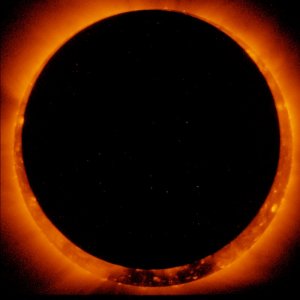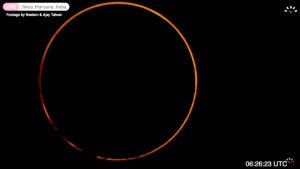Em in Ohio
Senior Member
- Location
- OH HI OH
Get Ready! I won't see it live, but I'm sure that there will be videos online!
From CBS News:
"The summer solstice is nearly here, and with it comes a rare celestial phenomenon. The first solar eclipse of the decade promises to create a rare "ring of fire" — just in time to kick off the start of a new season."
"A total solar eclipse occurs when the moon passes directly between the Earth and the sun, completely blocking the sun's light. During an annular solar eclipse, the moon does not completely cover the sun as it passes, leaving a glowing ring of sunlight visible."
According to NASA, the bright spectacle will be visible, weather permitting, across a path that starts at sunrise in Africa and runs through parts of Asia before ending at sunset over the Pacific Ocean. During this time, the moon will be blocking 99.4% of the sun to show off a stunning orange ring.
A partial eclipse will also be visible over much of Africa, Europe and Asia. A full list of cities and timing of the eclipse can be found at timeanddate.com. A NASA interactive map also lets users track the path to see if it will pass through their region.

From CBS News:
"The summer solstice is nearly here, and with it comes a rare celestial phenomenon. The first solar eclipse of the decade promises to create a rare "ring of fire" — just in time to kick off the start of a new season."
"A total solar eclipse occurs when the moon passes directly between the Earth and the sun, completely blocking the sun's light. During an annular solar eclipse, the moon does not completely cover the sun as it passes, leaving a glowing ring of sunlight visible."
According to NASA, the bright spectacle will be visible, weather permitting, across a path that starts at sunrise in Africa and runs through parts of Asia before ending at sunset over the Pacific Ocean. During this time, the moon will be blocking 99.4% of the sun to show off a stunning orange ring.
A partial eclipse will also be visible over much of Africa, Europe and Asia. A full list of cities and timing of the eclipse can be found at timeanddate.com. A NASA interactive map also lets users track the path to see if it will pass through their region.



